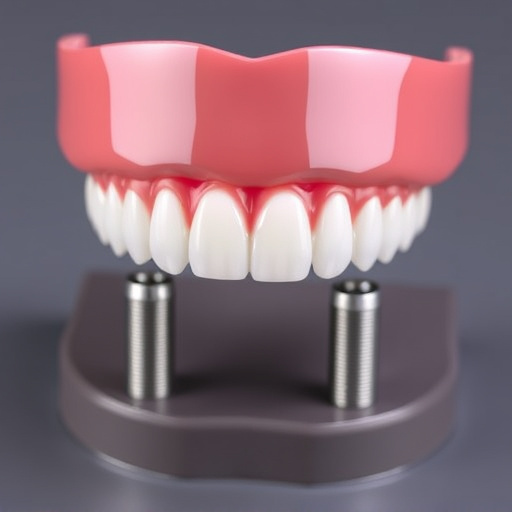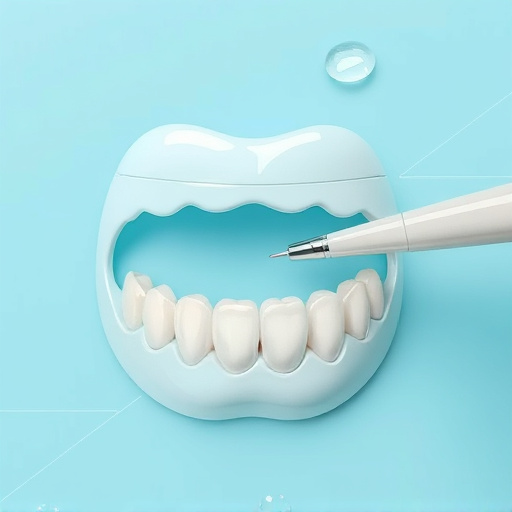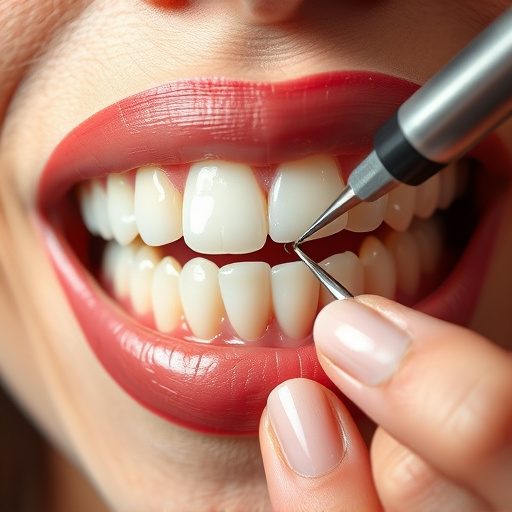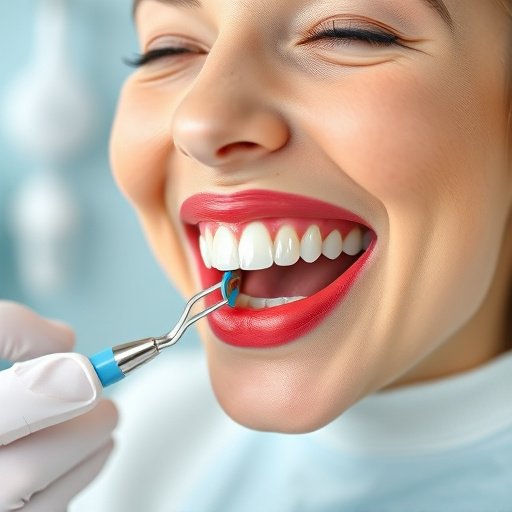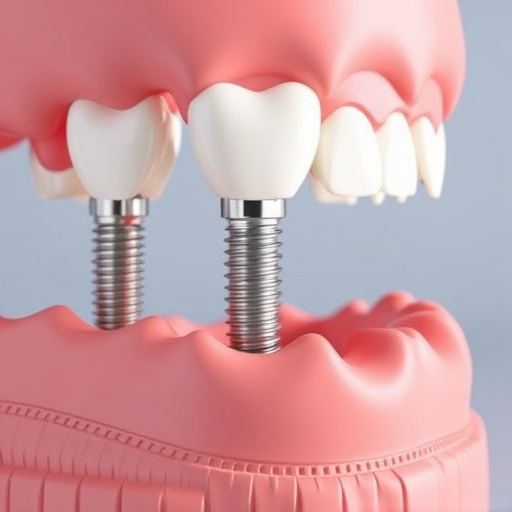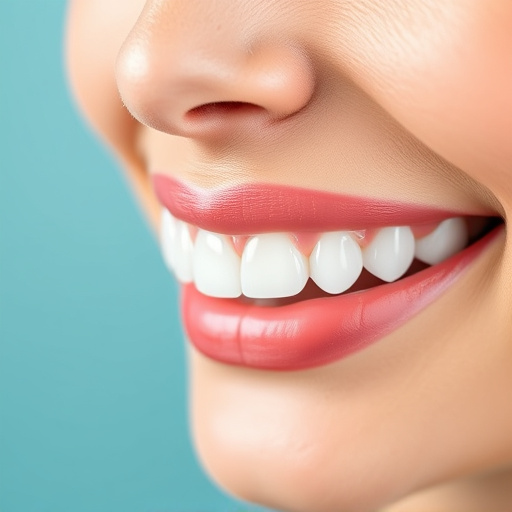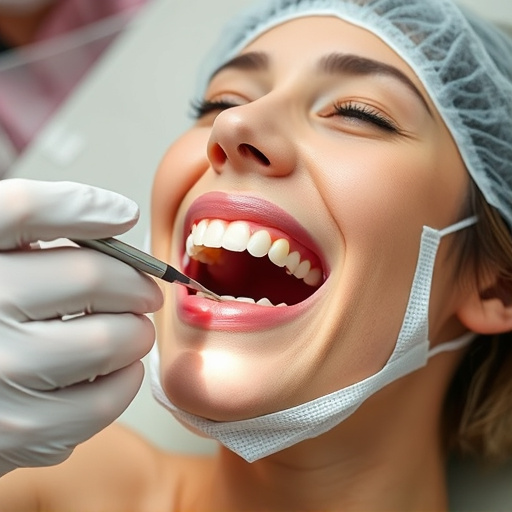A robust preventive dentistry program, focused on regular check-ups, cleanings, patient education, and treatments like dental bonding and cosmetic dentistry, minimizes dental emergencies by detecting issues early and promoting long-term oral health. Integrating sealants, topical fluorides, and orthodontic care saves patients from costly procedures, alleviates pain, and ensures vibrant smiles.
In today’s dental landscape, minimizing emergencies is a game-changer. A well-structured preventive dentistry program can drastically reduce costly and time-consuming urgent visits. This article delves into the crucial role of preventive care in oral health management, outlines key components for an effective program, and explores strategies to significantly decrease dental emergencies. By understanding these tactics, professionals can foster a healthier, happier patient population.
- Understanding the Role of Preventive Care
- Key Components of an Effective Program
- Strategies to Reduce Dental Emergencies
Understanding the Role of Preventive Care

Preventive care forms the cornerstone of any robust dental healthcare strategy. A preventive dentistry program is designed to minimize emergencies by addressing oral health issues early on, before they escalate into painful and costly procedures. Regular check-ups, cleanings, and screenings are not just about maintaining a beautiful smile; they’re vital for detecting potential problems like tooth decay, gum disease, or even oral cancer at their earliest stages.
This proactive approach goes beyond basic general dentistry services. Techniques such as dental bonding can be used preventively to repair minor chips or cracks, preventing further damage and the need for more extensive restorative procedures. Moreover, for those interested in enhancing their smile’s aesthetics, cosmetic dentistry treatments can be incorporated into a preventive program. By combining routine care with targeted interventions, a comprehensive preventive dentistry program ensures that oral health remains optimal, reducing the likelihood of unexpected emergencies.
Key Components of an Effective Program
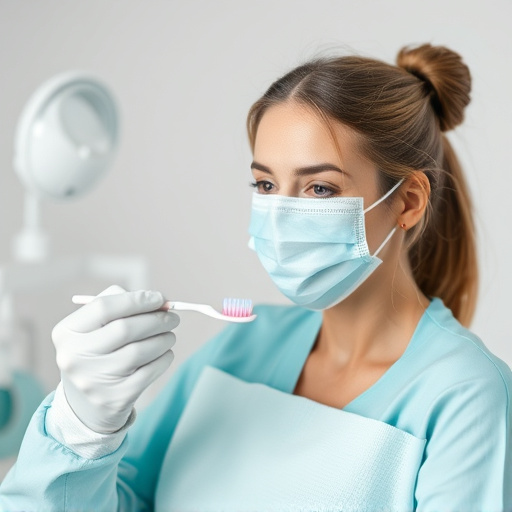
An effective preventive dentistry program is built on several key components that work together to minimize dental emergencies and promote long-term oral health. First and foremost, regular check-ups and cleanings are fundamental. These visits allow for early detection of potential issues like tooth decay or gum disease, enabling prompt intervention before they escalate into painful crises. During these appointments, dental professionals can also provide personalized guidance on at-home care, including proper brushing techniques and the use of fluoride products, which fortify teeth against plaque and bacteria.
Another critical aspect is patient education. Empowering individuals to understand the importance of oral hygiene and the potential consequences of neglecting it is vital. This includes teaching strategies for preventing common dental problems such as tooth erosion from acidic foods or drinks, proper nutrition for strong teeth and gums, and the use of dental bonding or cosmetic fillings – often employed in cosmetic dentistry – for minor repairs that can otherwise lead to more severe complications if left untreated.
Strategies to Reduce Dental Emergencies
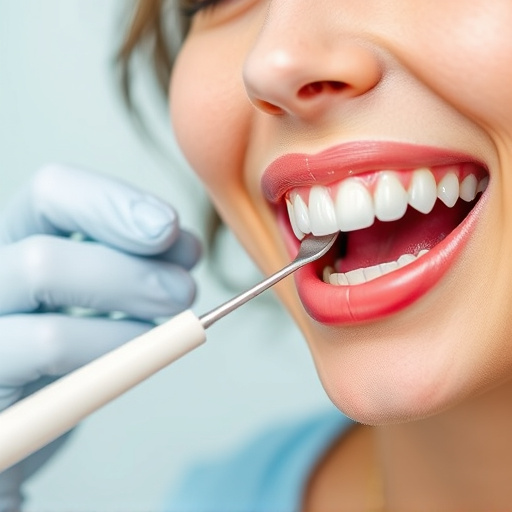
A preventive dentistry program is key to reducing dental emergencies. By focusing on regular check-ups and thorough teeth cleanings, dentists can catch potential issues early. This proactive approach includes educating patients on proper oral hygiene techniques, such as brushing twice daily with fluoride toothpaste and flossing once a day. These simple yet effective strategies significantly decrease the risk of cavities, gum disease, and other common dental problems that often lead to emergencies.
Complementing these habits, regular use of dental sealants and topical fluorides further fortifies tooth enamel against decay. Additionally, addressing concerns like misaligned teeth through orthodontic treatments can prevent traumatic bites and cracks, which frequently necessitate urgent care, including potentially costly and invasive procedures like tooth extractions. A family dentistry practice that emphasizes preventive dentistry not only saves patients from pain and financial strain but also fosters a healthier, more vibrant smile for years to come.
A well-structured preventive dentistry program, incorporating regular checkups, patient education, and advanced techniques, is key to minimizing dental emergencies. By focusing on early detection and proactive care, dentists can significantly reduce pain, cost, and time spent treating complex issues. Adopting these strategies not only improves patient outcomes but also fosters a healthier, happier community.
